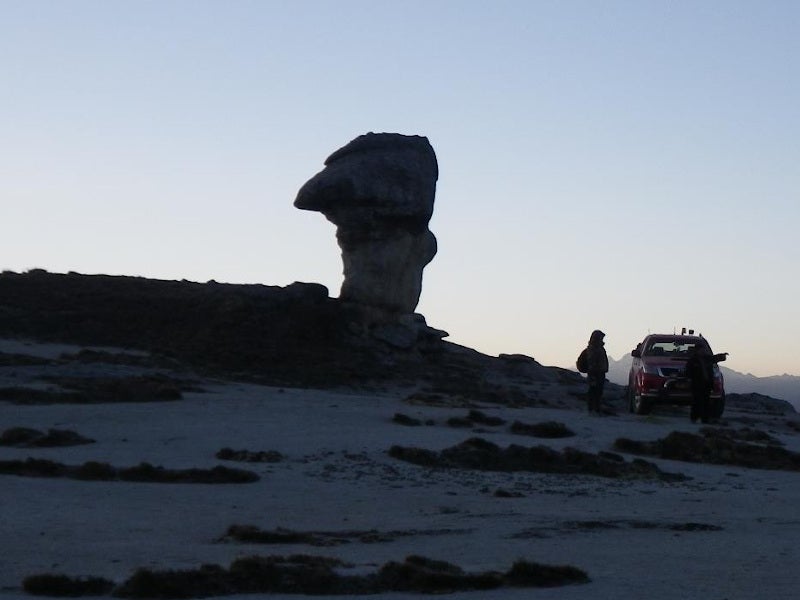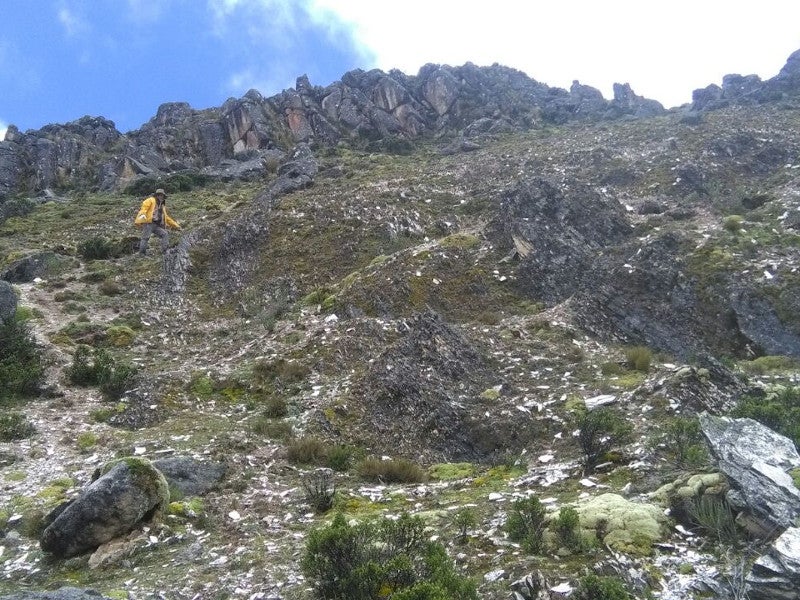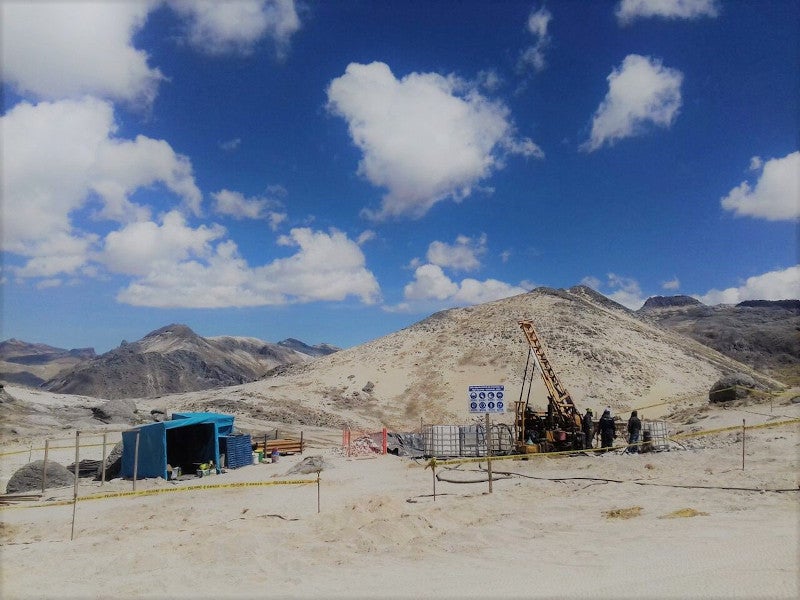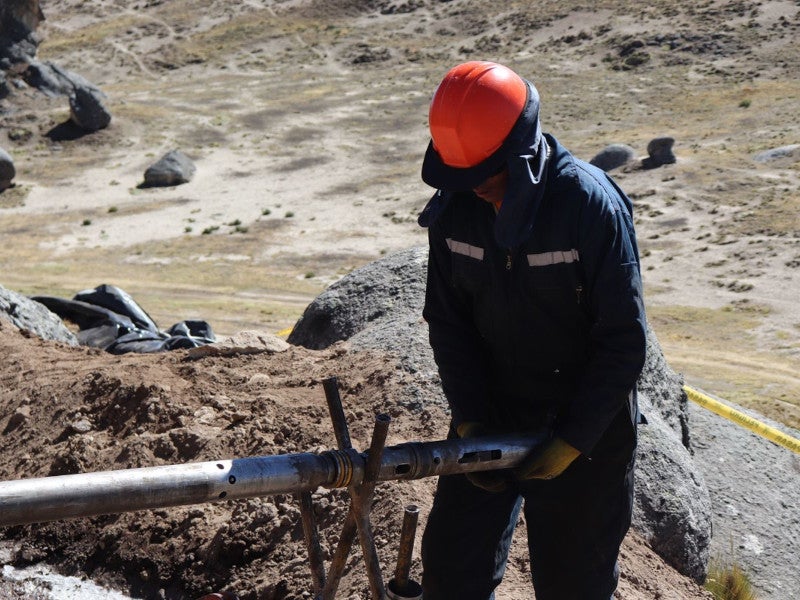The Falchani lithium project is an open-pit mine located in the district of Puno in the south-eastern part of Peru. It is estimated to be the world’s sixth-largest hard rock lithium deposit.
The technical report for the preliminary economic assessment (PEA) of the project was filed in March 2020. Announced in February 2020, the results of the PEA confirmed Falchani as a scalable, long mine life project with the potential to produce high quality and low impurity battery-grade lithium chemical product.
Based on the PEA, the Falchani lithium project is estimated to produce approximately 63,000 tonnes per annum (tpa) of lithium concentrate (Li2CO3) over its mine life of 33 years. The base case capital cost is expected to be $1.97bn over the life of the mine.
Falchani Lithium Project location, geology, and mineralisation
The Falchani lithium project is located on the Macusani Plateau in the Province of Carabaya, Puno, in the Andes Mountains, which is explored for uranium and lithium.
It is situated within the Falchani and Ocacasa 4 concessions owned by Plateau’s subsidiary Macusani Yellowcake.
The project area is located 650km east-southeast of Peru’s capital city Lima and is accessible by roads from Interoceanica Highway from Juliaca.
Macusani and Corani are the two nearest towns from the project site, located 25km and 14km respectively.
The formation of the Andes Mountains was driven by the activity of tectonic plates. The Andes Mountain range is a large anticlinorium comprising several faults and intrusions. The structure is flanked by regions made up of the eastern Palaeozoic and coastal Mesozoic belts.
The Paleozoic sediments on the western Brazilian Craton underwent deformation by folding and thrusting due to the movement of the South American tectonic plate.
The late tertiary tuffs, ignimbrites and related sediments in the site are present in a northwest-southeast graben.
The youngest rocks found in the vicinity of boreholes drilled at the Falchani project are the upper rhyolite. The upper breccia is located below the upper rhyolite and separates it from the lithium-rich tuff.
The lithium-rich tuff and the upper and lower Breccia display constant vertical zone-wise distribution of lithium and other elements such as caesium and strontium.
Falchani Lithium Project reserves
As of March 2019, the project is estimated to contain 60.92Mt of indicated mineral resources with contained lithium carbonate equivalent (LCE) of 0.96Mt and 260.07Mt of inferred resources with 3.75Mt of LCE.
Mining and ore processing at Falchani Lithium Project
The PEA considers a base case and an alternative case for project development. The base case covers the resource estimate within the Falchani and Ocacasa 4 concessions, while the alternative case includes only the resources in the Falchani concession.
The Falchani project proposes to conduct mining using conventional truck and shovel mining methods. Drilling and blasting will be carried out to split the rock mass into small pieces. The mine will use fully mobile production equipment. The support equipment will include tracked dozers, graders, and front end loaders.
While the base case will require up to two drill rigs, one CAT 6020B backhoe shovel, two CAT 992K front end loaders, and 10-16 CAT 777 haul trucks, the alternative case will involve a drill rig, 8-10 hall trucks, CAT 6015 backhoe shovel, two front end loaders. Both the cases will also involve auxiliary fleet to support mining operations.
The project will include the development of an open-pit lithium mine and an ore processing plant. The conceptual flow sheet design includes conventional crushing, rotary kilns, leaching, purification and crystallisation of Li2CO3.
The mineralised ore will be crushed and kept in a leaching tank with warm sulphuric acid for 24h, which will extract 89% of lithium to the solution. The recovery is dependent on the addition of sulphuric acid.
The process involves upfront tank leaching purification, a three-stage purification process to decrease the impurities in the leached solution, followed by mechanical evaporation and precipitation using crystallisation to produce high-purity battery-grade product.
The lithium recovery rate is expected to be approximately 80%.
The base case design for the process plant considers an initial milling rate of 1.5Mtpa in the first eight years in the first phase. The second phase will involve milled tonnage of 3Mtpa from the eighth year before it is increased from the 12th year to 6Mtpa for the remaining life.
Production in the alternative case will include 1.5Mtpa in the first phase and 3Mtpa in the second.
The life of the mine in the alternative case is estimated to be 26 years, including a production life of 25 years.
Infrastructure of the Falchani lithium project
The Falchani lithium project area is served by a connecting road from the highway. However, the road needs to be upgraded to meet safety regulations. The project cost estimate includes a new access road starting at the Huiquiza bridge.
The raw water used is currently supplied from the courses of the local rivers. The use of filtered tailings will provide the opportunity to recycle up to 90% of process water. The mine will use dry stacking tailings technology to reduce the impact on the environment. The mine site also has access to a nearby hydropower grid.
The electrical power needs of the plant will be primarily met by the steam turbine power generator at the acid plant. The San Gaban II hydro generation station is located approximately 40km away from the mine site. The company will consider an extension of the power lines to enable grid connection after negotiating with the supply authority.
The left-over tailings from the processing plant will be sent to a belt filter near the tailings storage facility.
Contractors involved in the project
The metallurgical test work for the Falchani lithium project was performed by ANSTO Minerals of Australia and Tecmmine of Peru.
DRA Global prepared the technical report for the PEA. DRA Pacific (DRAP) was the lead author of the PEA for the project.
Wardell Armstrong was selected as the lead for mine planning, scheduling, and optimisation for the PEA while The Mineral Corporation served as an independent mineral resource estimator.
Plateau Energy Metals nominated M.Plan International to the Falchani project advisory board to support the development of the PEA.







